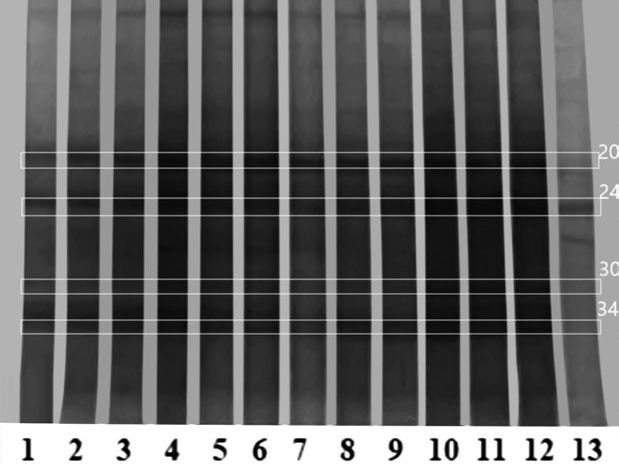Comparation study of soil genetic diversity of bacteria and fungi in different vegetation successions in a karst of Guizhou province, China
DOI:
https://doi.org/10.3986/ac.v50i2-3.7684Keywords:
karst, vegetation succession, bacteria, fungi, genetic diversityAbstract
To study the soil genetic diversity of bacteria and fungi in different vegetation successions (grassland, shrubbery, primary forest and secondary forest) from the karst area, the Polymerase Chain Reaction-Denaturing Gradient Gel Electrophoresis (PCR-DGGE) technology was applied. The results showed that: (1) the diversity of bacterial communities and the fungal communities in karst area were higher than non karst area in each vegetation succession. Compared with the survey from bacterial (the Shannon index was 2.97 in primary forest, 2.91 in secondary forest, 3.18 in shrubbery, 3.14 in grassland and 2.68 in non karst), fungal diversity between karst areas (the Shannon index was 3.56 in primary forest, 3.78 in secondary forest, 3.73 in shrubbery and 3.70 in grassland) and non karst areas (the Shannon index was 3.08) was more evident, which may be related to the alterations of the composition of plant community and the source of carbon in soil with the vegetation succession of karst ecosystem; (2) The comparation of bacterial diversity index and the richness comprehensively evaluated as follows: shrubbery > grassland > primary forest > nsecondary forest. The diversity index and the richness of fungal communities was as follows: secondary forest > shrubbery > grassland > primary forest. The results suggest that the fungal communities have been greatly changed via vegetation successions, but the diversity index and the richness of the bacterial communities have not been seriously affected. The results provide scientific basis for understanding karst surface ecosystem, which contributes to the future aim of protecting the karst from desertification.
Downloads

Downloads
Published
How to Cite
Issue
Section
License

This work is licensed under a Creative Commons Attribution-NonCommercial-NoDerivatives 4.0 International License.
Authors guarantee that the work is their own original creation and does not infringe any statutory or common-law copyright or any proprietary right of any third party. In case of claims by third parties, authors commit their self to defend the interests of the publisher, and shall cover any potential costs.
More in: Submission chapter




